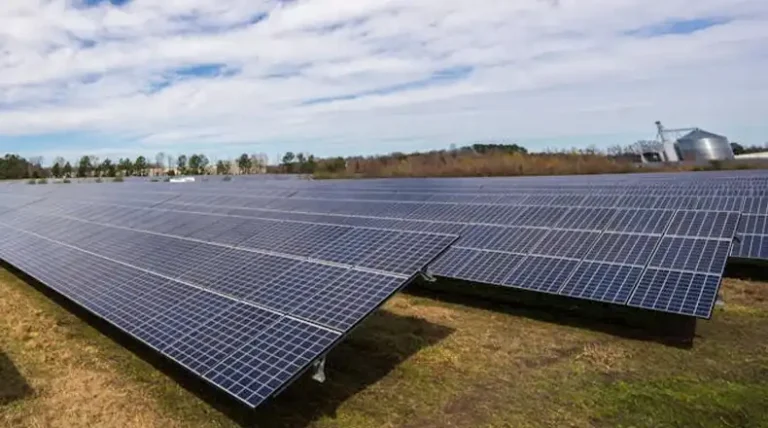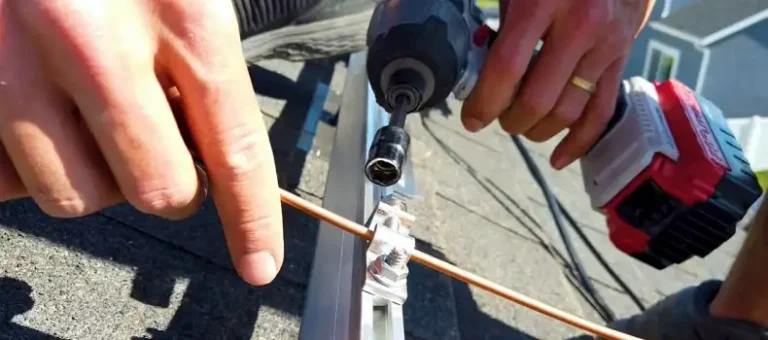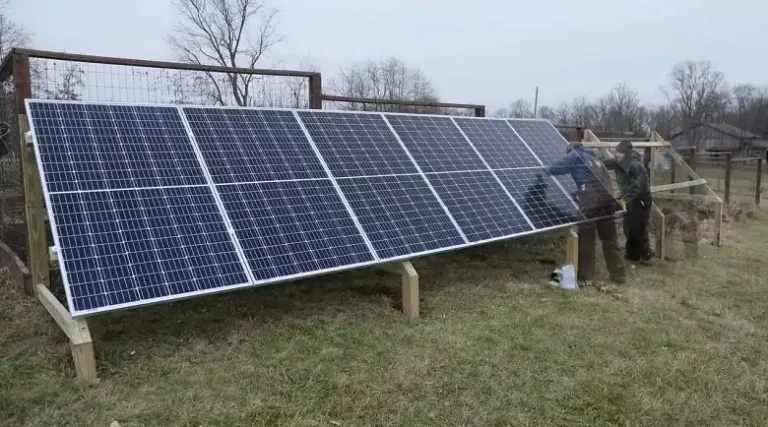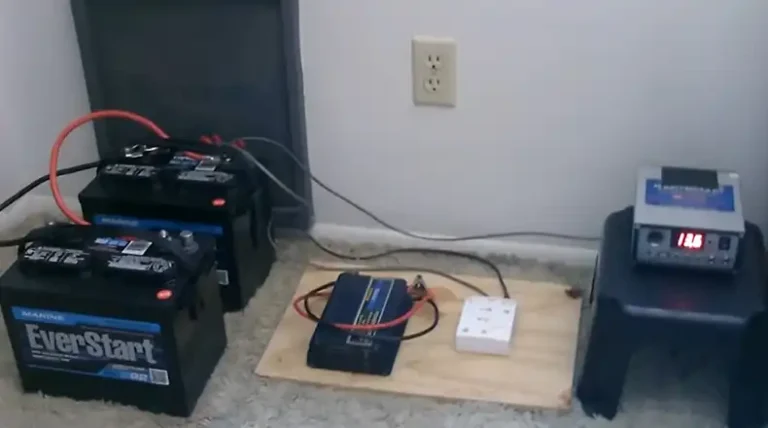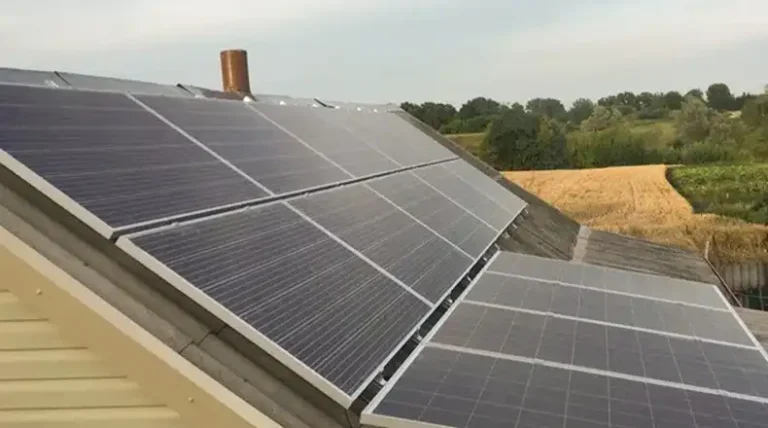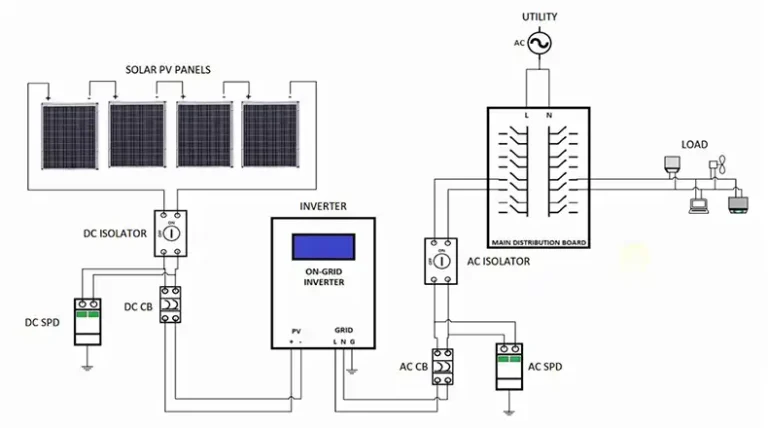Can a 5W Solar Panel Charge a Cell Phone Battery? Explained
As we become more environmentally conscious and seek renewable energy solutions, the idea of solar-powered phone charging has gained traction. But can a 5W solar panel charge a cell phone battery?
The short answer is yes, a 5W solar panel can charge a cell phone battery. However, the effectiveness and efficiency of this charging method depend on several factors. This article explores the technical aspects, real-world considerations, and practical applications of using a 5W solar panel to charge your phone.
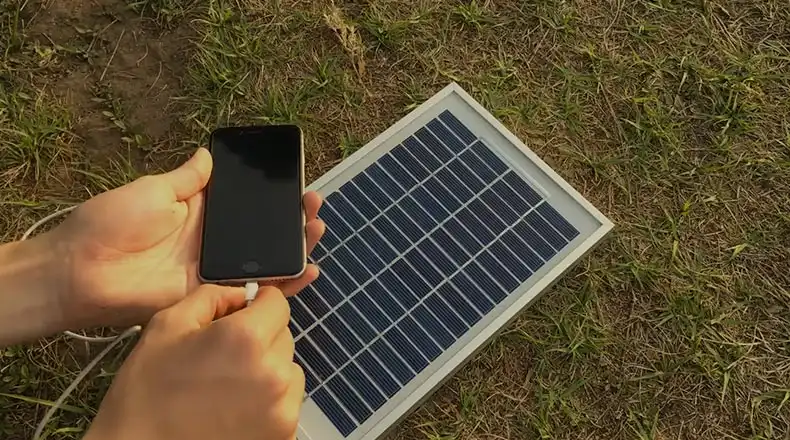
Is It Possible to Charge a Cell Phone Battery with a 5W Solar Panel?
A 5W solar panel can potentially charge a cell phone battery, but there are various factors to consider in understanding how effective it might be. Here’s a detailed breakdown of the aspects involved –
1. Power Output and Charging Speed
A 5W solar panel, under ideal conditions (direct sunlight, optimal panel angle, clean surface), can generate up to 5 watts of power. However, this is the maximum theoretical output. In real-world scenarios, factors like cloud cover, panel orientation, and dust can significantly reduce this output.
Modern smartphones typically require between 5 to 10 watts for efficient charging. This requirement varies based on the phone model and screen size. For instance –
| Phone Model | Screen Size | Typical Charging Wattage |
| iPhone 12 | 6.1″ | 7.5W (wireless), 20W (wired) |
| Samsung Galaxy S21 | 6.2″ | 15W (wireless), 25W (wired) |
| Google Pixel 5 | 6.0″ | 12W (wired) |
That means a 5W solar panel is at the lower end of these requirements.
2. Charging Power and Time
Phone batteries are typically rated in milliamp-hours (mAh), but for energy calculations, we need watt-hours (Wh). For example, consider a phone with a 3000mAh battery at 3.7V –
Battery Capacity (Wh) = mAh x Voltage / 1000
So, Battery Capacity = 3000 mAh x 3.7 V / 1000 ≈ 11.1 Wh
Most solar panels designed for phone charging output at 5V to be compatible with USB ports. In this case, our 5W solar panel would provide –
Current (A) = Power (W) / Voltage (V)
So, Current = 5W / 5V = 1 Amp (approximately)
To estimate how long it would take to charge a phone battery with a solar panel, we can use a simple formula –
Charging Time (hours) = Battery Capacity (Wh) / Solar Panel Power (W)
Now, for 5W solar panel –
Charging Time = 11.1 Wh / 5 W ≈ 2.22 hours
This is an estimate based on ideal conditions. So, while a 5W solar panel can provide some charging power, it might take longer than 2.22 hours (3-4 hours) to fully charge a phone battery under optimal conditions. While with overcast or partial shade), it could take 6-8 hours or more.
The number of daylight hours available in your location will affect how much your phone can be charged with solar power. Typically, only 4-6 hours per day offer effective sunlight for charging.
3. Real-world Conditions
The intensity of sunlight directly affects the amount of power a solar panel can generate. Here’s a breakdown of how different light conditions can impact output –
- Under ideal conditions with bright, direct sunlight, the panel might reach close to its maximum output of 5W.
- As the sun rises or sets, the angle of sunlight hitting the panel becomes less direct, reducing power output. You might see values around 2-3W in these situations.
- On cloudy days, the amount of sunlight reaching the panel is significantly reduced. The power output could drop to 1W or even less, making charging very slow.
Even under ideal sunlight conditions, there are energy losses that occur during the charging process. These losses come from various components –
- Solar panels themselves are not 100% efficient at converting sunlight into electricity. Typically, there’s a 15-20% energy conversion loss within the panel itself.
- To safely charge your phone, the voltage from the solar panel might need to be regulated. This voltage regulation process can introduce a 5-10% loss in efficiency.
- The phone’s internal charging circuits also have some inefficiencies, leading to another 10-20% loss in power.
Combined, you might only get 50-70% of that 5W into your phone battery.
4. Solar Phone Charging Methods
When it comes to charging your phone with solar power, there are two main approaches –
Charging via Rechargeable Battery
This method involves using a solar panel to charge a separate battery, which then charges your phone.
Benefits:
- Internal Li-ion Batteries are the most common type of battery used in solar phone chargers because they are lightweight and have a high capacity for storing energy.
- A charged battery allows you to charge your phone even when sunlight is unavailable.
Considerations:
- The power output of the solar panel directly impacts how quickly it can charge the battery. A higher wattage panel will charge the battery faster.
- With frequent changes in phone connector types, there’s a chance your charger might not be compatible with your specific phone model.
- Some chargers might lack a blocking diode, which can allow power to drain from your phone back into the battery when not charging. Look for chargers with proper safety features.
Direct Charging from Solar Panel
This method eliminates the middleman battery and charges your phone directly from the solar panel, typically through a USB port or a 12V adapter.
Benefits:
- This method is more straightforward, requiring only the solar panel and a connecting cable.
Considerations:
- Phones have limitations on how quickly they can accept a charge, typically around 0.5A at 5V. This means charging directly from a solar panel might be slower than using a wall charger.
- The amount of sunlight significantly impacts the solar panel’s output. Overcast skies can drastically reduce charging speed or even prevent charging altogether.
Bottom Line
A 5W solar panel can indeed charge a cell phone battery, but it’s not a quick or guaranteed solution. It’s best suited for outdoor enthusiasts who need to extend their phone’s battery life in remote areas. The charging speed is significantly slower than wall chargers and highly dependent on weather conditions.

